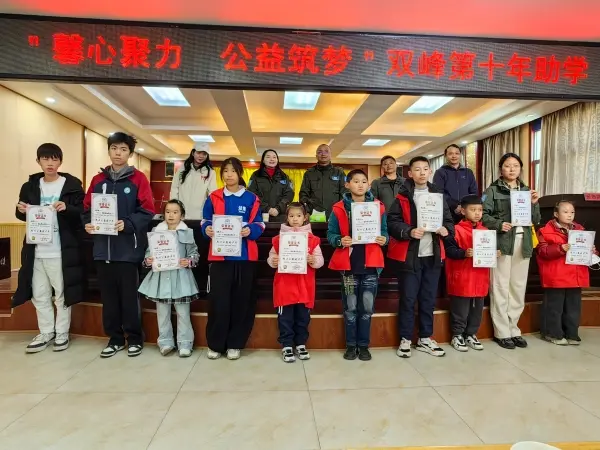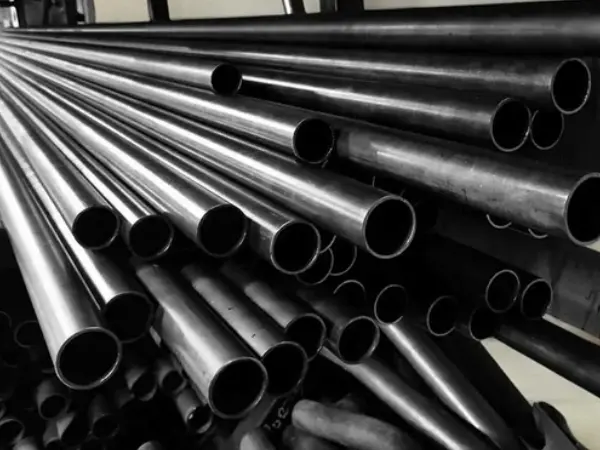
In modern infrastructure and energy projects, seamless steel pipe construction plays a vital role in ensuring the integrity and reliability of pipelines that operate under extreme pressure, temperature, and environmental conditions. However, one of the most persistent threats to steel pipelines is corrosion — a gradual but severe process that can compromise safety, increase maintenance costs, and reduce service life. To guarantee long-term performance, engineers must adopt effective corrosion protection methods tailored to the specific challenges of harsh environments such as offshore, underground, and chemical processing applications.
Corrosion in steel pipelines typically results from electrochemical reactions between the metal and its environment. Factors such as soil composition, salinity, humidity, temperature, and chemical exposure can accelerate this process. During seamless steel pipe construction, the selection of protective coatings, surface preparation, and monitoring systems becomes critical in mitigating these risks.
Common forms of corrosion include:
· Uniform corrosion – even surface degradation caused by exposure to air or moisture.
· Pitting corrosion – localized damage resulting in small holes or pits.
· Galvanic corrosion – occurs when dissimilar metals are in contact in a conductive environment.
· Crevice corrosion – often found under gaskets, deposits, or welding defects.
One of the most effective ways to protect seamless steel pipes from corrosion is the application of high-performance coating systems. These coatings act as a barrier between the steel surface and the environment, reducing exposure to oxygen and moisture.
FBE coating is a single-layer epoxy powder coating applied electrostatically to preheated pipes. It offers excellent adhesion, chemical resistance, and durability under moderate temperatures. It is widely used in oil and gas pipeline projects where seamless steel pipe construction requires high performance and low maintenance.
The 3PE system consists of three layers:
1. A fusion-bonded epoxy primer,
2. An adhesive middle layer,
3. A polyethylene outer layer.
This combination provides superior mechanical protection, impact resistance, and long-term corrosion resistance — ideal for buried or underwater pipelines.
In addition to external coatings, internal linings such as epoxy or polyurethane are used to minimize friction losses, prevent scale buildup, and protect against corrosive media such as CO₂ or H₂S.
Coatings alone cannot always provide complete corrosion resistance. Therefore, cathodic protection (CP) is often used in conjunction.
There are two main CP methods:
· Sacrificial Anode System: Uses more reactive metals (zinc, magnesium, or aluminum) that corrode in place of the steel pipe.
· Impressed Current System: Uses an external power source to provide a continuous protective current, suitable for long-distance pipelines.
These systems ensure that even if the coating is damaged, the pipeline remains electrochemically protected from corrosion.
Before applying coatings or CP systems, proper surface preparation is essential. Techniques such as abrasive blasting (SA 2.5 or SA 3 standards) are used to remove mill scale, rust, and contaminants, ensuring optimal adhesion.
After coating, the pipes undergo inspection and testing — including holiday detection, thickness measurement, and adhesion testing — to verify coating integrity before installation.
Post-installation, regular inspection and maintenance are necessary for sustained performance. Non-destructive testing (NDT) methods such as ultrasonic thickness measurement, magnetic flux leakage, and corrosion mapping help identify early signs of deterioration. In harsh environments like offshore or chemical plants, remote monitoring systems are increasingly used to provide real-time corrosion data and predictive maintenance insights.
Effective corrosion protection is a crucial part of seamless steel pipe construction, especially when operating in harsh or corrosive environments. By combining advanced coating systems, cathodic protection, and continuous monitoring, engineers can extend pipeline life cycles, improve safety, and reduce maintenance costs.
At our company, we specialize in manufacturing high-quality seamless steel pipes designed to withstand the most demanding conditions. With superior mechanical strength, precise dimensions, and excellent corrosion resistance, our seamless steel pipes are the preferred choice for oil & gas, chemical, and industrial applications worldwide. Contact us today to learn more about how our products can enhance the reliability of your next pipeline project.


